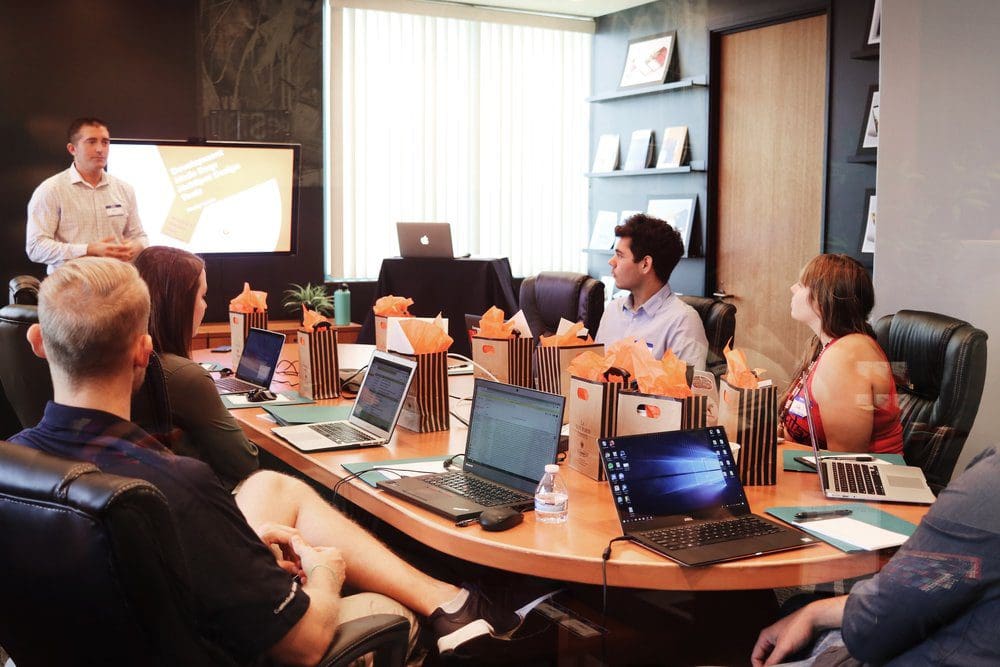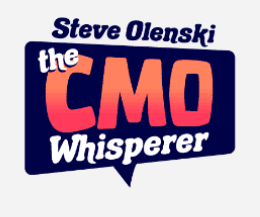How To Build A Healthy Hybrid Workplace Culture
Photo via @campaign_creators

Our workplace has undergone significant transformation as a result of the pandemic, and many businesses have been forced to quickly adopt remote work. Organizations are beginning to explore hybrid work arrangements as vaccination rates rise and things begin to normalize. These approaches combine the benefits of face-to-face collaboration with the flexibility of remote work to provide the best of both worlds. However, developing a productive hybrid workplace culture requires careful strategy.
Chief Burnout Officer and one of Thinkers360’s Top 20 Global Thought Leaders on Workplace Culture, Michael D. Levitt, has created a framework for creating a productive hybrid workplace culture. In this article, we’ll look at Levitt’s concept and talk about how to apply it to developing a productive hybrid workplace culture.
Define your company culture
Before you can create a hybrid workplace culture, you need to create your company culture. What core beliefs guide you? What workplace do you want to establish? What emotions do you want your workers to experience at work? By answering these questions, you can create a solid foundation for your hybrid workplace culture.
Open direct lines of communication
Communication is one of the main issues in the hybrid workplace. It can be difficult to keep everyone on the same page when some workers are working remotely and others are in the office. To deal with this, you need to create open lines of communication. Regular team meetings, video conferencing, chat platforms, and other tools that facilitate easy communication can fall into this category.
Invest in the right technology
If you want the hybrid workplace to be successful, you need to make a technology investment. This includes remote collaboration software as well as hardware such as laptops and mobile devices. You can make sure your employees are efficient and engaged wherever they are by giving them the resources they need to work remotely.
It can be easy for some workers to feel isolated from the rest of the team when working remotely. To combat this, you need to develop a sense of community. This could include frequent team-building exercises, online social gatherings, and other initiatives that bring physical and remote workers together.
Be clear about your expectations
Communicating expectations to employees in the hybrid workplace is critical. Expectations for working hours, communication, and teamwork are included. By giving clear directions, you can make sure everyone is on the same page and working toward the same goals.
Be Flexible
Flexibility is one of the main benefits of a hybrid workplace. You can give employees more flexibility with their work schedules by allowing them to work remotely. As a result, their ability to combine work and personal commitments is likely to improve, which will promote job satisfaction and employee retention.
Put mental health first
The epidemic has had a negative impact on mental health, so it is crucial for businesses to put the well-being of their employees first. This means providing resources and help for mental health issues, as well as cultivating a culture that values work-life balance and self-care.
Set a good example
Third, it is important for leaders to lead by example. If you want them to embrace a hybrid workplace culture, you need to set an example for your employees. To create a productive hybrid workplace culture, you need to be adaptable, open, and proactive.
Use these steps to create a healthy hybrid workplace culture that benefits your company’s employees. You can build a workplace where everyone feels valued and supported by allowing flexibility, fostering a sense of belonging, and prioritizing mental health. The hybrid workplace can be a powerful tool for increasing productivity, teamwork, and innovation when used correctly.
Originally Published on https://www.breakfastleadership.com/
























